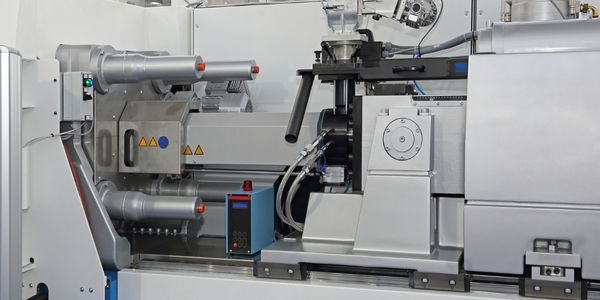Download PDF
Revolutionizing Aerospace Industry with HyperWorks Suite: A Case Study
Technology Category
- Analytics & Modeling - Digital Twin / Simulation
- Application Infrastructure & Middleware - Middleware, SDKs & Libraries
Applicable Industries
- Aerospace
- Plastics
Applicable Functions
- Product Research & Development
- Quality Assurance
Use Cases
- Structural Health Monitoring
- Virtual Prototyping & Product Testing
Services
- Cybersecurity Services
- Testing & Certification
The Challenge
The aerospace industry is constantly seeking ways to improve the design and manufacturing process of aircrafts. The challenge lies in reducing the weight of components and structures for greater fuel efficiency and passenger comfort. The adoption of advanced materials such as laminated composites is a key strategy in achieving these goals. However, the design and modelling process of these composites can be complex and time-consuming. Additionally, the industry faces the need for modern structural modelling and automated design processes, as well as the need for accurate stress, mechanism, and vulnerability simulation. The industry also needs to meet strict safety and performance requirements while achieving time efficiency, cost reduction, and quality improvement.
About The Customer
The customers in this case study are aircraft manufacturers who are seeking to improve the design and manufacturing process of their aircrafts. They are looking for ways to reduce the weight of components and structures for greater fuel efficiency and passenger comfort. They are also interested in adopting advanced materials such as laminated composites to meet these goals. However, they face challenges in the design and modelling process of these composites, as well as in modern structural modelling and automated design processes. They also need to meet strict safety and performance requirements while achieving time efficiency, cost reduction, and quality improvement.
The Solution
The HyperWorks suite offers a comprehensive solution to these challenges. It provides a range of software tools that are advancing the ways in which aircrafts are designed. For composites, HyperMesh saves significant time with its modelling process. It comprehends and maps ply shapes and parameters onto elements, offering a more intuitive and efficient approach than the conventional zone-based approach. HyperView, a widely used postprocessing tool, provides layer-based post-processing for composites, identifying the maximum contributing layer. OptiStruct, a state-of-the-art solver, offers size optimization for dimensioning of structural components and topology optimization to substantially reduce weight. It simplifies the complexity of composite modelling, considering hundreds of load cases simultaneously to recommend the best approach. The Altair Partner Alliance (APA) enables HyperWorks users to call on third-party software as needed at no additional cost, adding value to the preliminary design of composites, detailed investigations of joints and other areas, and micromechanics to investigate on a microscopic level the individual constituents of composites.
Operational Impact
Quantitative Benefit
Related Case Studies.

Case Study
Plastic Spoons Case study: Injection Moulding
In order to meet customer expectations by supplying a wide variety of packaging units, from 36 to 1000 spoons per package, a new production and packaging line needed to be built. DeSter wanted to achieve higher production capacity, lower cycle time and a high degree of operator friendliness with this new production line.

Case Study
Airbus Soars with Wearable Technology
Building an Airbus aircraft involves complex manufacturing processes consisting of thousands of moving parts. Speed and accuracy are critical to business and competitive advantage. Improvements in both would have high impact on Airbus’ bottom line. Airbus wanted to help operators reduce the complexity of assembling cabin seats and decrease the time required to complete this task.

Case Study
Aircraft Predictive Maintenance and Workflow Optimization
First, aircraft manufacturer have trouble monitoring the health of aircraft systems with health prognostics and deliver predictive maintenance insights. Second, aircraft manufacturer wants a solution that can provide an in-context advisory and align job assignments to match technician experience and expertise.

Case Study
Aerospace & Defense Case Study Airbus
For the development of its new wide-body aircraft, Airbus needed to ensure quality and consistency across all internal and external stakeholders. Airbus had many challenges including a very aggressive development schedule and the need to ramp up production quickly to satisfy their delivery commitments. The lack of communication extended design time and introduced errors that drove up costs.

Case Study
Developing Smart Tools for the Airbus Factory
Manufacturing and assembly of aircraft, which involves tens of thousands of steps that must be followed by the operators, and a single mistake in the process could cost hundreds of thousands of dollars to fix, makes the room for error very small.






